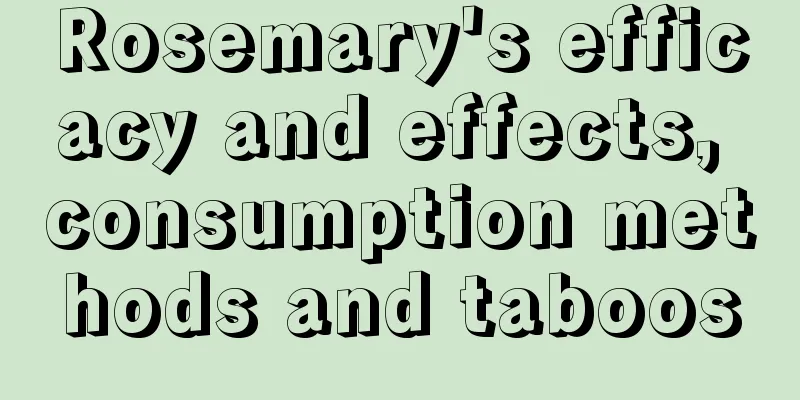What is the reason for the yellowing of Clivia leaves and how to treat it

|
Clivia is a common ornamental plant, famous for its fresh green leaves and elegant flowers, and is deeply loved by flower lovers. However, in the process of caring for Clivia, many flower lovers often encounter the problem of yellowing leaves. What is the reason? How to treat? Let’s learn more about it below. 1. Too much light After being exposed to strong direct sunlight in the summer, yellow spots will appear on the leaves of Clivia, and even the entire leaves may turn yellow. Prevention and control measures: Avoid direct sunlight, especially provide appropriate shade in summer. 2. Improper watering Too much or too little water can cause yellowing leaves. Usually too much water can cause root rot, while lack of water can cause the leaves to lose vitality. Prevention and control measures: Adjust watering frequency to ensure the soil is moist but not waterlogged to avoid root rot. 3. Improper fertilization Over-fertilization or under-fertilization will affect the normal growth of Clivia and cause the leaves to turn yellow. Prevention and control measures: During the growing season, apply a balanced compound fertilizer once a month to avoid overfertilization. Reduce the frequency of fertilization during the dormant period to avoid fertilizer damage. 4. Unsuitable temperature Clivia prefers a warm and humid environment, and the most suitable temperature for growth is 15°C-25°C. If the temperature is too high, the water will evaporate too quickly and the leaves will turn yellow. In addition, the yellowing of Clivia leaves may also be caused by low temperatures and frostbite of the plants. Prevention and control measures: When the temperature is high, it is necessary to cool down the plant. You can sprinkle water evenly around the leaves to cool them down. When the temperature drops in winter, it is best to move it to a warm room for the winter. 5. Impact of pests and diseases If there are yellow spots on the leaves, it is very likely that the Clivia has been infected by diseases or insect pests. The main diseases and pests that affect it are leaf spot and anthracnose, which must be dealt with in a timely manner, otherwise they will harm the entire plant. Prevention and control measures: Check the plants regularly and take timely measures if any signs of disease or pest are found. If necessary, spray carbendazim powder or anthracnose thiram, which have good preventive effects on leaf spot and anthracnose. In general, the yellowing of Clivia leaves is the result of the combined effect of multiple factors, and correct diagnosis and treatment are the key. However, during the maintenance process, if you do a proper job of lighting, temperature, water, fertilization, etc., you can basically avoid the problem of yellow leaves to a large extent.
|
<<: How often is it best to water the money tree?
Recommend
How to grow hydroponic spider plants well? Tips for growing them
Hydroponic spider plants do not require frequent ...
How to fertilize Gloxinia? Fertilizing like this will help the plants grow better!
How to fertilize Gloxinia You can make your own s...
Cultivation methods and precautions of pearl grass
Pearl grass is relatively easy to grow. Its leave...
What plants are suitable for the study room
1. What kind of plants are suitable? Because the ...
When does the scented vine bloom?
Flowering period The flowering period of the frag...
How to prune Chinese evergreen
When is the best time to prune the Chinese evergr...
How to hydroponically cultivate spring fern
Spring Rain Hydroponics Method Remove dirt from t...
Things to note when repotting Liulidian
How often should the Liuli Palace be repotted? Be...
How to care for Ulmus pumila bonsai and what to pay attention to
Maintenance method of elm bonsai The small-leaved...
How to plant primroses
1. Sowing time The main consideration is whether ...
How to care for poinsettia in winter
Light Management for Poinsettias in Winter Poinse...
How to propagate the lucky tree?
1. Seed propagation Before planting the lucky tre...
How to prune the fortune tree
Money tree pruning time The best time to prune th...
Suitable temperature for leek growth, leek growth cycle
1. Suitable temperature for growth The suitable t...
Why are the leaves of Anthurium turning yellow, burnt and dry?
Anthurium is widely favored by flower lovers for ...









